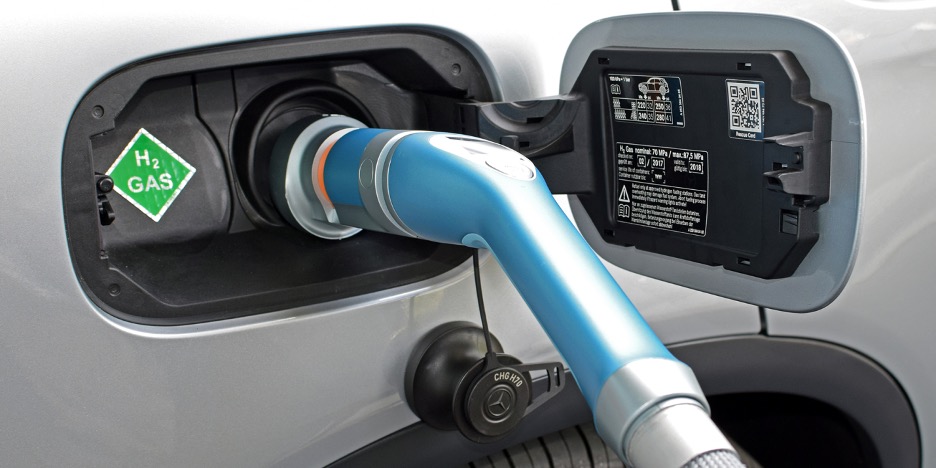
Table of Contents:
- Introduction to Fuel Station Evolution
- The Rise of Convenience Services
- Technological Innovations at the Pump
- Fuel Stations as Community Hubs
- The Benefits of Loyalty Programs for Motorists
- Navigating the World of Fuel Costs
- The Role of Fuel Stations During Emergencies
- Key Takeaways
Introduction to Fuel Station Evolution
Fuel stations have undergone a significant metamorphosis since the early 20th century. They began as nondescript posts where drivers could replenish their gas tanks but have flourished into sophisticated establishments offering myriad services. This evolution reflects the changing demands of consumers and society’s accelerated pace of life. Nowadays, drivers not only find an ExtraMile convenience store near you for a quick fill-up but can also expect access to amenities ranging from gourmet coffee stations to automated car maintenance services. This fueling station transformation into a full-service hub directly responds to a consumer market that values convenience and efficiency.
The Rise of Convenience Services
The convergence of fast-paced lifestyles with technological advancements has culminated in an era of convenience. Fuel stations have responded accordingly by expanding their services beyond the traditional offerings of petrol and diesel. They’ve become modern-day oases, providing weary travelers everything from snack-filled convenience stores to ATMs and free Wi-Fi. Many fuel stations now feature extensive retail spaces, boasting selections of pre-packaged and fresh foods, beverages, and even small gifts for last-minute shoppers. The growth of these convenience services has positioned fuel stations as vital components of daily life, serving not only as stops for refueling vehicles but also as convenient nodes for refueling oneself with essentials.
Technological Innovations at the Pump
Integrating technology into fuel stations has played a pivotal role in elevating the customer experience. Innovations such as app-based payment systems, digital receipts, and loyalty program integration make paying for gas effortless and time-efficient. With the implementation of such technologies, the days of waiting in line to pay at the cashier are fading. Mobile payments allow customers to activate a pump, choose the fuel they need, and complete the transaction from their smartphones. These advancements serve not only to elevate convenience but also enhance security, as customers can avoid card skimming and other fraudulent activities.
Fuel Stations as Community Hubs
As commonplace fixtures within neighborhoods, fuel stations frequently transform into crucial community hubs. Conveniently located at the crossroads of urban and rural areas, these stations offer more than fuel; they often house postal services, sell local produce, and sometimes double as community announcement boards. This multifunctional use enriches the community, providing a spot for basic amenities and social interactions. Some fuel stations respond to regional needs by offering localized services, such as propane refills in rural areas or bike-sharing facilities in urban zones, effectively tailoring their services to become integral parts of the local ecosystem.
The Benefits of Loyalty Programs for Motorists
Loyalty programs are strategic tools fuel stations utilize to build long-term customer relationships. Motorists benefit directly from such programs through discounts, rewards points, and personalized offers. These programs encourage customer retention and provide valuable data for stations to understand better purchasing behaviors and preferences. By analyzing transaction histories, fuel stations can tailor their marketing efforts, optimize stock levels, and improve overall service quality—transforming mundane fueling stops into tailored consumer experiences.
Navigating the World of Fuel Costs
Fuel prices are subject to a complex interplay of international and domestic market forces, geopolitical movements, and environmental policies. For the average motorist, comprehending these dynamics can be daunting. However, staying informed about factors influencing fuel costs, such as crude oil prices, taxation, and supply chain disruptions, enables consumers to make better decisions. Knowledge of peak pricing periods and regional variations in fuel taxes can help drivers minimize expenses and optimize their refueling schedules for the best possible prices.
The Role of Fuel Stations During Emergencies
In times of crisis, whether due to natural disasters or other emergencies, fuel stations often become critical infrastructures. They provide fuel for vehicles and serve as essential supply points for water, food, and other emergency provisions. Furthermore, they can act as information centers, offering updated news and instructions from local authorities. The strategic importance of fuel stations during these times cannot be overstated; they often remain operational, becoming beacons of hope and resources for affected communities.
Key Takeaways:
- Understanding the transformation of fuel stations from mere filling stops to comprehensive service centers catering to modern needs.
- Examining how fuel stations have embraced convenience, technology, and community roles to enhance consumer experience.
- Projecting the future of fuel stations with the growing prevalence of electric vehicles and evolving customer demands.
Interesting Related Article: “Fuel Efficiency in Trucks: Tips for Maximizing Mileage“

